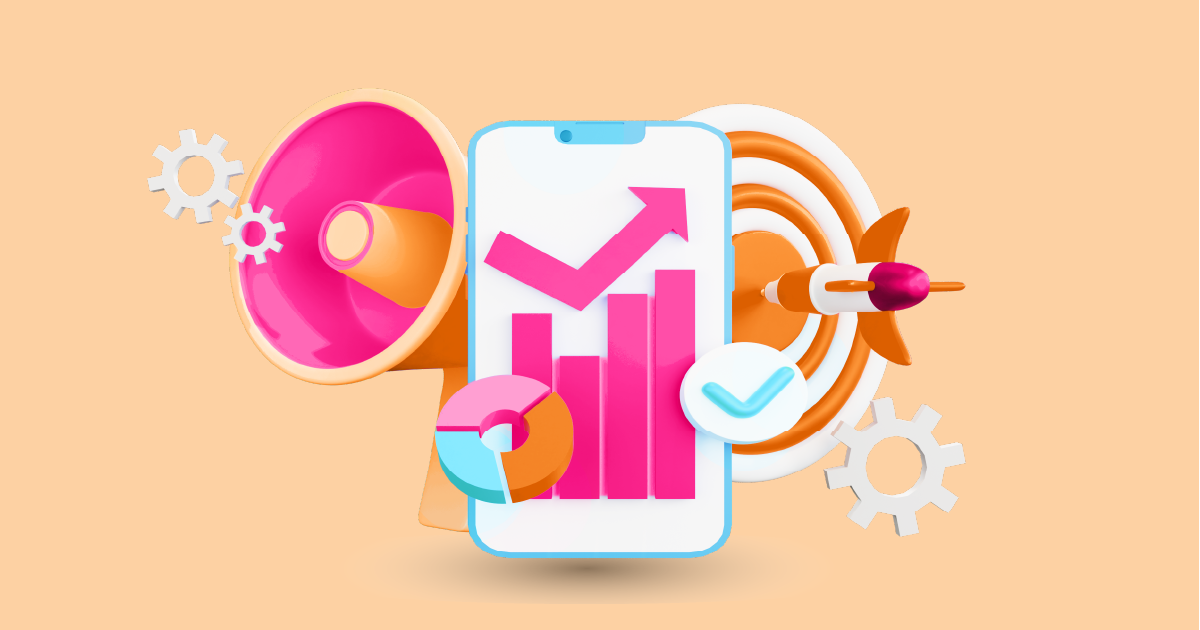In today’s digital age, understanding your audience has never been more critical. Enter audience listening tools, the unsung heroes of modern marketing. These powerful tools help businesses tune into what their audience is saying, thinking, and feeling, enabling more effective marketing strategies. So, what exactly are these tools, and how can they transform your marketing efforts? Let’s dive in!
Understanding Audience Listening Tools

1. Definition and Overview
Audience listening tools are software solutions designed to monitor and analyze online conversations about your brand, industry, or competitors. They scour social media platforms, forums, blogs, and other online spaces to gather data on what people are saying. By doing so, these tools provide valuable insights into consumer behavior, preferences, and sentiment.
2. Key Features of Audience Listening Tools
These tools come packed with features like:
- Real-time Monitoring: Track mentions of your brand as they happen.
- Sentiment Analysis: Gauge the mood of online conversations (positive, negative, or neutral).
- Competitor Analysis: See what people are saying about your competitors.
- Trend Analysis: Identify emerging trends in your industry.
Types of Audience Listening Tools
1. Social Media Monitoring Tools
These tools focus on social media platforms like Facebook, Twitter, and Instagram. They help you track mentions, hashtags, and engagement metrics, offering a clear picture of your brand’s social media presence.
2. Brand Mention Tools
Brand mention tools scan the internet for any mention of your brand. This includes social media, news articles, blogs, and forums. They provide comprehensive reports on where and how your brand is being discussed.
3. Sentiment Analysis Tools
Sentiment analysis tools use natural language processing (NLP) to determine the sentiment behind online conversations. They can tell if the general mood is positive, negative, or neutral, helping you gauge public perception of your brand.
4. Competitor Analysis Tools
These tools help you keep tabs on your competitors. They provide insights into competitor strategies, strengths, and weaknesses, allowing you to adjust your approach accordingly.
Benefits of Using Audience Listening Tools
1. Enhanced Customer Insights
By understanding what your audience is saying, you gain deeper insights into their needs, preferences, and pain points. This allows you to tailor your products, services, and marketing messages to better meet their expectations.
2. Improved Marketing Strategies
Audience listening tools provide data-driven insights that can refine your marketing strategies. You’ll know what content resonates with your audience, which channels are most effective, and how to allocate your marketing budget for maximum impact.
3. Real-Time Feedback and Crisis Management
In today’s fast-paced world, real-time feedback is invaluable. Audience listening tools alert you to any negative mentions or potential crises, allowing you to respond quickly and mitigate damage.
4. Better Customer Engagement
Engaging with your audience becomes easier when you know what they care about. These tools help you identify key topics and trends, enabling more relevant and engaging interactions.
How to Choose the Right Audience Listening Tool
1. Assessing Your Needs
Before choosing a tool, identify your specific needs. Are you looking for social media monitoring, brand mentions, sentiment analysis, or competitor insights? Understanding your requirements will help you select the most suitable tool.
2. Key Features to Look For
Look for features like real-time monitoring, comprehensive reporting, sentiment analysis, and competitor tracking. Additionally, consider user-friendliness and integration capabilities with other tools you use.
3. Budget Considerations
Audience listening tools come in various price ranges. Determine your budget and find a tool that offers the best value for money. Remember, the most expensive tool isn’t always the best one for your needs.
Top Audience Listening Tools in 2024
1. Hootsuite Insights
Hootsuite Insights offers robust social media monitoring capabilities, making it a favorite among marketers. It provides detailed reports and real-time alerts, helping you stay on top of your social media game.
2. AIM Insights
AIM Insights excels in comprehensive brand monitoring. It offers powerful analytics and visualization tools, making it easy to understand and act on the data collected.
3. Mention
Mention is a versatile tool that tracks brand mentions across social media, blogs, forums, and news sites. It offers real-time alerts and in-depth analytics, making it a valuable addition to any marketer’s toolkit.
4. Sprout Social
Sprout Social combines social media management with powerful listening tools. It offers sentiment analysis, trend tracking, and competitor insights, all within a user-friendly interface.
5. BuzzSumo
BuzzSumo is renowned for its content insights. It helps you identify trending topics, measure content performance, and understand your audience’s interests, making it a must-have for content marketers.
Integrating Audience Listening Tools into Your Marketing Strategy
1. Setting Up Your Tool
Once you’ve chosen your tool, set it up by linking your social media accounts and other relevant platforms. Configure the tool to track specific keywords, hashtags, and mentions related to your brand and industry.
2. Defining Your Goals
Define clear goals for using the tool. Are you looking to improve customer service, enhance your marketing strategy, or keep an eye on competitors? Clear goals will guide your use of the tool and ensure you get the most out of it.
3. Tracking Key Metrics
Track key metrics like brand mentions, sentiment score, engagement rate, and share of voice. Regularly review these metrics to gauge the effectiveness of your marketing efforts and make data-driven adjustments.
Case Studies
Case Study 1: Successful Brand Revamp
A mid-sized company used audience listening tools to understand why their brand wasn’t resonating with younger audiences. They discovered negative sentiments around their outdated image. By revamping their brand identity and launching targeted campaigns, they saw a 30% increase in positive mentions within six months.
Case Study 2: Crisis Management
A global brand faced a potential PR crisis due to a faulty product. Audience listening tools alerted them to the issue early on, allowing them to address customer concerns swiftly. Their prompt response mitigated the impact, and customer trust was restored quickly.
Challenges and Limitations
1. Data Overload
The sheer volume of data these tools collect can be overwhelming. It’s crucial to filter and prioritize the most relevant information to avoid getting bogged down.
2. Privacy Concerns
Monitoring online conversations raises privacy issues. Ensure that your use of these tools complies with data protection regulations and respects user privacy.
3. Interpreting the Data
Accurate data interpretation requires expertise. Misinterpreting data can lead to misguided decisions. Consider investing in training or hiring experts to make the most of these tools.
Future Trends
1. AI and Machine Learning Integration
AI and machine learning are set to revolutionize audience listening tools. These technologies will enhance data analysis, providing more accurate insights and predictions.
2. Predictive Analytics
Predictive analytics will allow marketers to anticipate trends and consumer behavior, enabling proactive rather than reactive strategies.
3. Enhanced User Interfaces
Future tools will feature more intuitive and user-friendly interfaces, making it easier for marketers to navigate and utilize their full potential.
Conclusion
Audience listening tools are indispensable in modern marketing. They provide deep insights into consumer behavior, help refine marketing strategies, and enable real-time crisis management. By choosing the right tool and integrating it into your strategy, you can significantly enhance your marketing efforts and stay ahead of the competition.
Ready to see how audience listening tools can revolutionize your marketing strategy? Request a demo from AIM Technologies today and take the first step towards smarter marketing!
FAQs
What is the primary purpose of audience listening tools?
- The primary purpose is to monitor and analyze online conversations about your brand, providing insights into consumer behavior, preferences, and sentiment.
How can small businesses benefit from audience listening tools?
- Small businesses can gain valuable insights into their audience, improve customer engagement, and refine their marketing strategies to better meet customer needs.
Are there free audience listening tools available?
- Yes, there are free tools available, though they may have limited features compared to paid versions. Examples include Google Alerts and Social Mention.
How often should I review the data from these tools?
- It’s best to review data regularly, at least once a week, to stay updated on trends and respond to any issues promptly.
What are the risks of not using audience listening tools?
- Without these tools, you may miss out on valuable insights, fail to respond to customer concerns in a timely manner, and lag behind competitors who leverage these tools for strategic advantage.




